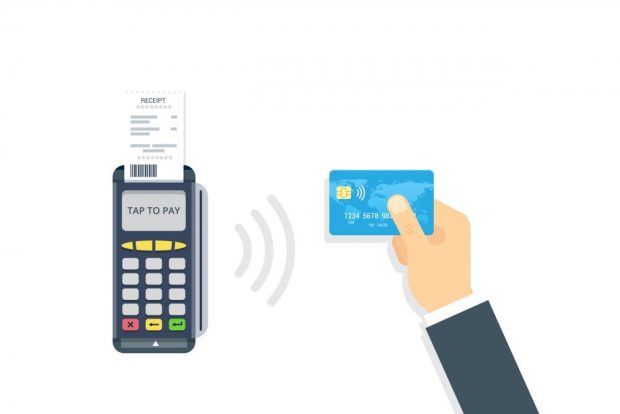Contactless Payments Up Across UK

New insight from Barclaycard’s Contactless Spending Index indicates that contactless payments in U.K. supermarkets have risen considerably in the past twelve months. Here are some of the key findings.
As of last year, all major supermarkets in the U.K. accept contactless payments. In the past 12 months, the value of contactless payments in U.K. grocery stores have risen 136 percent as shoppers have begun to make higher-value purchases with the technology. Likewise, purchase volume using contactless payments was also up 114 percent in the past year as grocery shoppers began to use the payment method more frequently.
“As grocery buying habits continue to evolve, supermarkets have an opportunity to make the payments process quicker and easier, too,” said Tami Hargreaves, commercial director, digital consumer payments at Barclaycard. “We all remember the days when tills were reserved for five items or less to reduce queuing times; in the future, we may see contactless fast lanes or contactless-only checkouts in stores to speed up the payment process for time-pressed shoppers.”
But the boom in contactless use is not just a grocery store phenomenon. Barclaycard data shows that contactless spending across all categories rose 166 percent in 2016. Additionally, the UK Cards Association reportedly found that contactless payments accounted for some £25 billion in spending in 2016, up from £7.75 billion in 2015.
Service stations reportedly saw a 218 percent rise in touchless payments use, while department stores saw a 147 percent rise and convenience stores saw an 87 percent rise in 2016.
While one may assume that the younger generations would be most responsible for the rise in contactless payments, it turns out that in the U.K., adoption is growing fastest among people over age 60. The reported number of contactless payments users in this age group has risen 64 percent in the past year alone. By comparison, 25-to-34-year-olds saw 30 percent growth, and 18-to-24-year-olds saw just 23 percent growth in the year.
